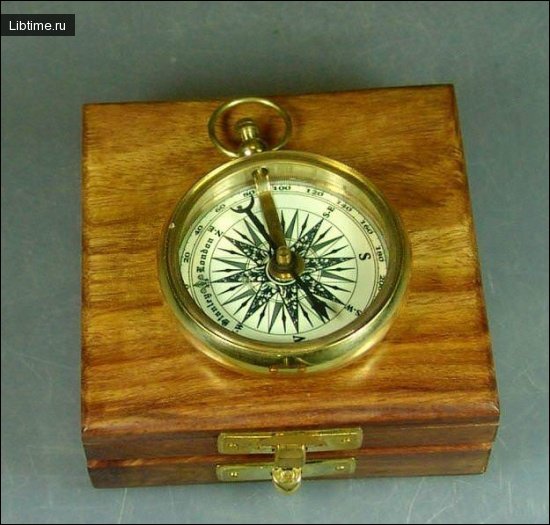How to navigate in the city
First of all, for proper navigation in the city, it is necessary to know the types of settlements and their layout.
In a big city with GPS, of course, you will not get lost, but at night it will be especially difficult to find the right way without auxiliary devices. Therefore, it is necessary to be able to navigate among residential buildings. 
Thus, in small settlements located on both sides of the railroad, the numbering of houses begins, usually from the station square.
In settlements that grew up along highways, the numbering of houses built along the highway is often carried out in the direction of increasing light kilometers, and on the streets running perpendicular to the highway - in both directions from it.
In small communities, houses are sometimes numbered on one side in one direction and then in reverse on the other side.
If houses stand on waterfront streets, they are usually numbered behind the direction of the river's flow. If the street is perpendicular to the riverfront, the numbering of houses starts from the river.
There is a radial-circular street layout. In such a variant the numbering of houses will start from the city center (often the central square) to its outskirts.
House numbering schemes
There are two systems of house numbering: the Moscow scheme (more common) and the Leningrad scheme. If Moscow numbering is used, odd numbers of houses will be located on the left side of the street (along the "flow" of the street), and even numbers - on the right side. Under the Leningrad system, everything will be vice versa.
Rural settlements differ from cities in the smaller size of the occupied territory, a relatively small number of inhabitants, the nature of planning and construction, as well as the type of buildings. When planning rural settlements, the peculiarities of the terrain, the presence of water sources, etc. are taken into account. In this regard, the following types of rural settlements are distinguished: plain, valley and ravine, watershed, coastal, mountainous and others.
Plain settlements, typical for the middle zone of our country, are usually large, built up relatively not densely, have a regular layout. There are a lot of monotonous alleys and dead ends, making it difficult to navigate, especially at night.
Settlements on the shore of the sea, a lake or a large river are usually quite stretched along the water body, so the main streets run parallel to the shore, and passages - perpendicular to it.
In flood-prone areas, houses stand at a fairly safe distance from the shore, with streets following the outline of the banks. 
Thus, when developing trekking routes, it is necessary to study the character of the settlements through which you will have to go in order to ensure confident and error-free orientation in them both during the day and at night.
Sides of the horizon and buildings
In cities and small towns there are always excellent landmarks which can sometimes take the place of a compass. Don't forget the sign that moss usually grows on the northern sides of old buildings. By this sign you can easily determine the sides of the horizon, that is, oriented.
Mosses and mold also grow near drainpipes on the northern side of buildings.
In Batumi, due to very frequent rains coming from the Black Sea, many western walls of buildings are covered with sheet iron to protect them from destruction. In Novorossiysk, the northeastern walls of many houses are protected from bora, a wind that is often accompanied by freezing rain.
Orientation by religious buildings
Due to traditions and beliefs, all religious buildings are oriented in a special way.
Thus, in Orthodox churches and chapels the altars were placed in such a way that they were facing east, and the bell towers - to the west. Sides of crosses on domes have the direction north - south. On crosses with crossbars, usually the lower edge of the lower crossbar on the dome faces south.
The altars of Lutheran churches also face east, and the bell towers face west. The altars of Catholic churches (churches) usually face west.
The doors of Jewish synagogues and Muslim mosques are oriented roughly north. Such buildings as pagodas, yurts, Buddhist monasteries have their facades facing south.
It should be known that the side edges of the Egyptian pyramids, and many ancient monuments, palaces and temples are also strictly built on the sides of the horizon.
If lost orientation in a city, urban-type settlement or a large village, it is easiest to restore it by distinguished buildings and landmarks such as monuments, fire towers, parks, gardens, and at night - by their silhouettes.
Rural buildings are mostly monotonous. Silos, windmills and engines, some other structures, as well as gardens, individual trees, plantings serve as landmarks. Their silhouettes stand out clearly against the sky and are clearly visible even at night at a great distance.
On the outskirts of rural settlements from September to May one can see bunches for storing vegetables. They are usually laid on an elevated place, protected from the prevailing cold winds, providing drainage of atmospheric and melt water.

This sometimes makes it difficult to choose a landmark (silhouette), but also helps you to find the right direction faster. For example, a school and a factory cannot be in the same area. They are always separated by a street.
Monuments, mass graves, fire towers, parks, etc. are also usually separated from other buildings by a street or square. Knowing this, you can determine at night where it is easier to pass.


